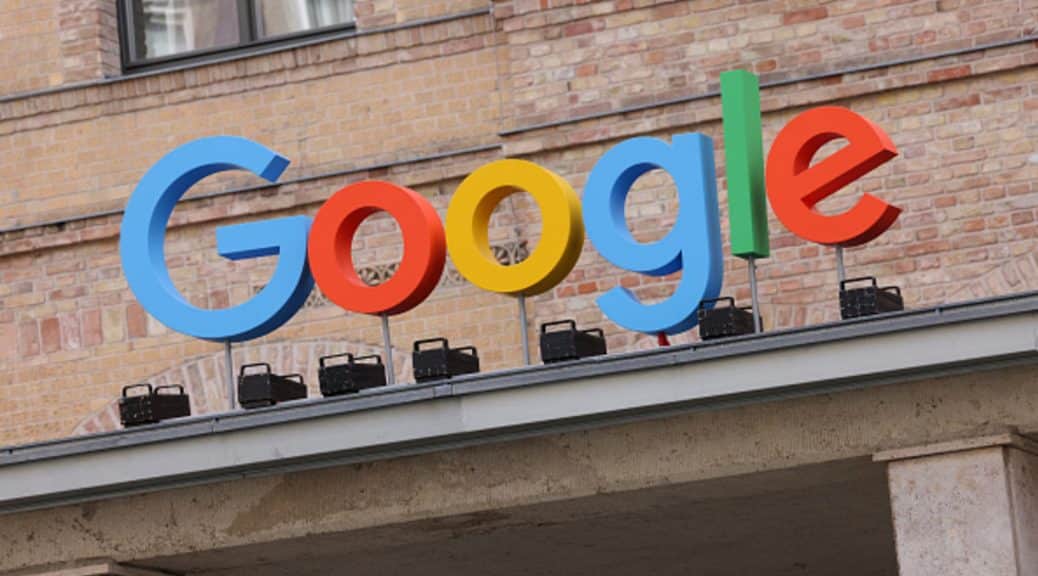Traditional Marketing vs. SEO: The Evolution of Online Profitability
Here we will know above all for the Traditional Marketing vs. SEO: The Evolution of Online Profitability. Read carefully complete article. Let me know if you will still have questions.
Traditional Marketing vs. SEO: The Evolution of Online Profitability
In the ever-evolving landscape of digital commerce, the clash between traditional marketing methods and the modern approach of Search Engine Optimization (SEO) has become increasingly pronounced. As businesses navigate the intricacies of online profitability, they are confronted with the question of which strategy to prioritize: the tried-and-tested methods of traditional marketing or the algorithm-driven world of SEO. This article delves deep into the nuances of both approaches, analyzing their strengths, weaknesses, and the evolving dynamics of online profitability.
Understanding Traditional Marketing:
Traditional marketing encompasses a spectrum of strategies and techniques that have long been the cornerstone of promoting products and services. From print advertisements in newspapers and magazines to television commercials and billboards, traditional marketing has historically relied on interruptive tactics to capture the attention of potential consumers. These methods often involve significant upfront costs and are difficult to track in terms of ROI (Return on Investment). However, they have been effective in establishing brand awareness and reaching broad audiences.
Strengths of Traditional Marketing:
- Tangibility: Traditional marketing materials such as brochures, flyers, and posters provide a tangible presence that can leave a lasting impression on consumers.
- Wide Reach: Television, radio, and print advertisements have the potential to reach mass audiences, making them suitable for brand awareness campaigns.
- Established Channels: Traditional marketing channels have been in use for decades, providing a sense of familiarity and credibility to consumers.
Weaknesses of Traditional Marketing:
- High Costs: Producing and disseminating traditional marketing materials can be expensive, especially for small businesses with limited budgets.
- Limited Targeting: Traditional marketing methods often lack the precision targeting capabilities of digital marketing, resulting in inefficient use of resources.
- Difficulty in Tracking ROI: Unlike digital marketing, it can be challenging to measure the effectiveness of traditional marketing campaigns in terms of ROI and customer engagement.
Understanding Search Engine Optimization (SEO):
SEO is a digital marketing strategy focused on improving a website’s visibility and ranking in search engine results pages (SERPs). By optimizing various aspects of a website, such as content, keywords, and backlinks, SEO aims to increase organic (non-paid) traffic from search engines like Google, Bing, and Yahoo. Unlike traditional marketing, which relies on paid advertising, SEO leverages the algorithms used by search engines to connect businesses with potential customers actively searching for their products or services.
Strengths of SEO:
- Cost-Effectiveness: Compared to traditional marketing, SEO can provide a higher ROI over time since it primarily involves optimizing existing content and website structure rather than paying for advertising space.
- Targeted Traffic: SEO allows businesses to target specific keywords and phrases relevant to their products or services, attracting highly qualified leads actively seeking information or solutions.
- Long-Term Sustainability: While traditional marketing campaigns have a finite lifespan, the benefits of SEO efforts can compound over time, resulting in sustained organic traffic and improved search rankings.
Weaknesses of SEO:
- Time-Intensive: Achieving significant results with SEO requires ongoing effort and patience, as it can take months or even years to see noticeable improvements in search rankings.
- Algorithm Changes: Search engine algorithms are constantly evolving, requiring SEO strategies to adapt accordingly. Sudden algorithm updates can sometimes negatively impact a website’s visibility, requiring adjustments to SEO tactics.
- Technical Complexity: SEO involves a wide range of technical aspects, including website optimization, keyword research, and link building, which can be challenging for businesses without specialized expertise or resources.
The Evolution of Online Profitability:
As businesses strive to maximize their online profitability, the debate between traditional marketing and SEO continues to evolve. While traditional marketing methods remain relevant for certain industries and demographics, the growing dominance of digital channels has led many businesses to prioritize SEO as a core component of their marketing strategy. However, the most effective approach often lies in integrating both traditional and digital marketing tactics to create a comprehensive and synergistic marketing campaign.
Integration of Traditional Marketing and SEO:
- Cross-Channel Promotion: Businesses can leverage the strengths of both traditional marketing and SEO by integrating their messaging across various channels. For example, a television advertisement can prompt viewers to visit a website optimized for relevant keywords, driving organic traffic and conversions.
- Data-Driven Insights: Digital marketing platforms provide valuable data and analytics that can inform both traditional and digital marketing efforts. By analyzing metrics such as website traffic, conversion rates, and customer demographics, businesses can refine their marketing strategies for optimal results.
- Content Marketing: Content marketing serves as a bridge between traditional and digital marketing, offering valuable information and resources to consumers while also improving search engine visibility. By creating high-quality content that resonates with their target audience, businesses can attract organic traffic and build brand authority simultaneously.
Conclusion:
In the dynamic landscape of online profitability, the dichotomy between traditional marketing and SEO represents a fundamental shift in how businesses approach marketing and advertising. While traditional marketing methods continue to play a role in brand awareness and customer engagement, the rise of SEO has reshaped the digital marketing landscape, offering cost-effective and targeted strategies for reaching consumers online. By embracing the strengths of both traditional and digital marketing, businesses can achieve a balanced and holistic approach to maximizing their online profitability in an ever-changing market.




